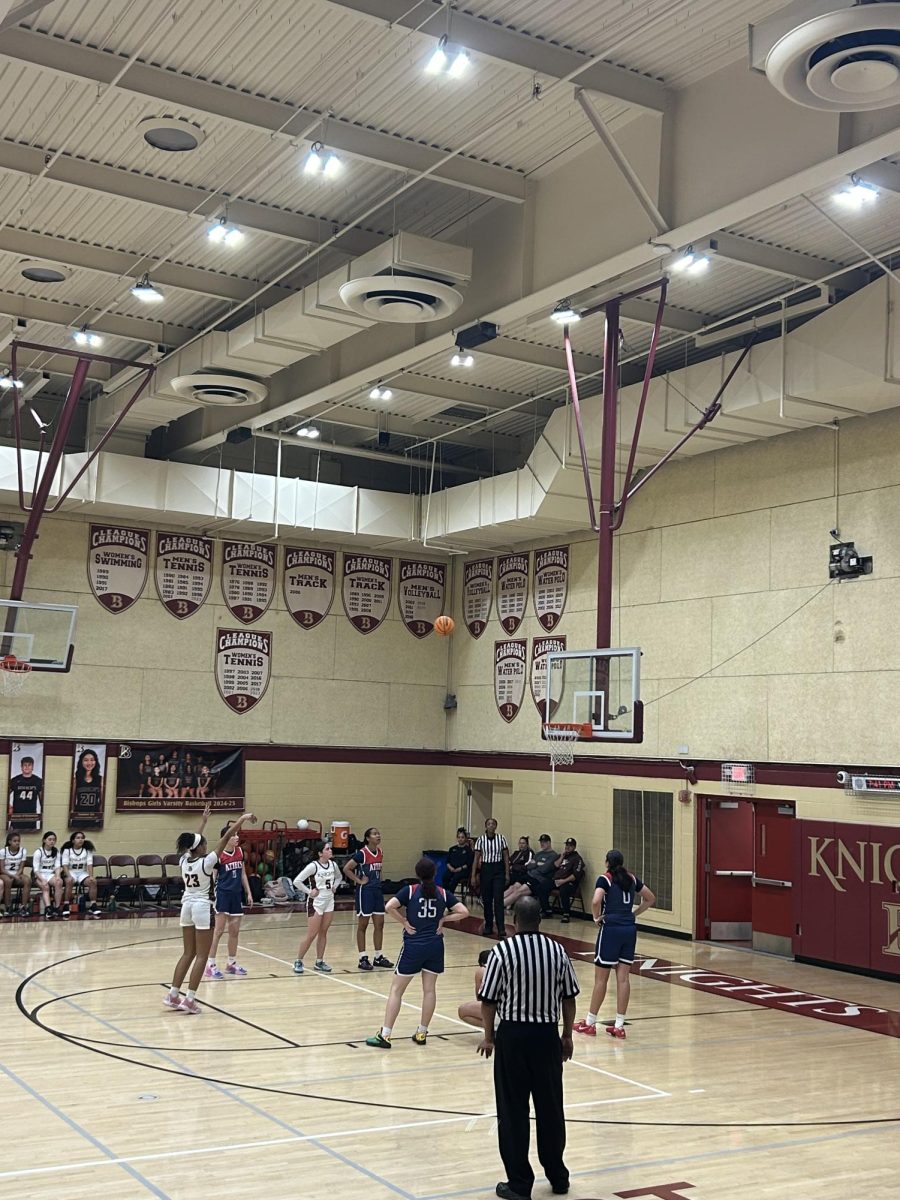It’s the seventh inning. The stadium is filled to the brim with people sporting jerseys and baseball caps as they bang loud plastic trinkets in their hands. The smell of hot dogs and nachos fills the air as everyone sings “Take Me Out To The Ballgame” before the home team goes up to bat.
It’s the 90th minute. Every gaze is on the field as a giant flag billows in the stands, held up by hundreds of people. The unmistakable and universal ba-ba-ba-ba-ba-bam-bam soccer chant from The White Stripes’s “Seven Nation Army” fills the stadium, as a last-minute penalty kick goal decides the fate of the game.
Two matches with everything and nothing in common. One may be baseball and one may be soccer, but they’re both sports games. They’re both overflowing with passionate fans. And yet, when you take a closer look, they’re vastly different.
Baseball, in addition to basketball and football, is a classic American sport, while soccer is the most popular sport throughout all of Europe—with rugby also garnering a strong fanbase. But the differences certainly don’t stop there. Whether it’s the U.S. draft process compared to the relegation system used in Europe, the academy versus college model to develop players, or the role advertisements and money play, it’s hard to find an aspect that doesn’t differ in some way.
For starters, European and American sports leagues differ in structure. In European soccer, relegation means that the bottom teams in a league move down a division, and the top teams move up a division. This is the case for essentially every soccer league in Europe, from Italy’s Serie A to England’s Premier League to Turkey’s Süper Lig. In rugby, there is also relegation between leagues. Starting next season, factors like “attendance, catchment area, and facilities” in addition to on-field performance Super League clubs vote to end automatic promotion and relegation will decide whether a team is promoted between league levels.
The U.S., on the other hand, has closed leagues, with no relegation or promotion at all. This means teams that are in a top division like the NFL (National Football League) or NBA (National Basketball League) have a fixed position there. In the U.S., teams can also move cities, like the Chargers who used to be San Diego-based but are now based in Los Angeles.
“What I think drives passionate fan bases is when local communities are tied to teams,” explained History Teacher Dr. Will Peters, a fan of U.S. and European sports. “In Europe, every town [or] city has a sports team and it breeds pride.” He added that though local pride exists in the U.S. too, it’s less present as a result of teams being able to move cities. “It still baffles me that teams can just up and leave,” Dr. Peters said. In Europe, “They can’t leave the city. If the team does poorly, the town feels it. Relegation matters.”
American sports and European soccer’s player development processes also differ. The U.S. uses a draft system, which means that professional teams select college players. The team with the worst record in the previous season generally gets the first draft pick to even out competition for the next year. This system is used for the MLB (Major League Baseball), the NFL, and the NBA, among others. Clare Malhotra (‘22), a fan of men’s and women’s soccer, explained that “A lot of the American sports model [revolves around] the fact that if the teams are more even and more competitive, then the league is more enjoyable to watch.” This system relies on the development of college players who can then be drafted.
But in Europe, it’s completely different, because players don’t play their sport in college. “In Europe, you hear about the soccer academies like La Masia (Barcelona), Benfica, RB Salzburg, Man City…where a lot of future stars develop,” David Lai (‘25) explained. 17-year-old Lamine Yamal, for example, came through the Barcelona youth system and now plays for Barcelona. Lionel Messi also came from the Barcelona youth system.
Interestingly, starting in 2020, rugby introduced drafts exclusively for prospective players coming from American and Canadian colleges aiming to “provide a pathway” for North American talent.

Even though both European and American sports focus on player development, both are also guilty of relying on money for players and support. In European soccer, there are no salary caps on players when they are traded between teams. Real Madrid, for example, obtained young star Jude Bellingham for €103 million last season. These obscene prices can be harmful, because, as Dr. Peters put it, many bigger clubs like Manchester City and Manchester United “have formed dynasties over the years.” He added, “Smaller clubs simply cannot compete with these teams and never will unless financial regulations are brought more into view.”
While American sports tend to have salary caps, it’s impossible to argue that they aren’t also commercial. The main reason why the Chargers moved to Los Angeles was because they would have more money there than in San Diego. Commercialization is also a large part of why the draft system exists — to breed more competitive games that people will want to watch and buy tickets for. And it’s impossible to ignore the obscene amount of advertising in American sports. According to Medium, in soccer, only around 7.5% of a 110 minute broadcast are ads. In American football 29% of the broadcast is ads, in basketball it’s 32%, and in baseball it’s 23%.
Dr. Peters theorized that rugby and soccer are not promoted on American channels because of lack of opportunity for ad breaks. “What company [or] network is going to pay for 45 minutes of uninterrupted sport with no opportunity to push a product on you?” he asked.
The differences between the two models begs the question of why these sports are run so differently—and a lot of it is reflective of the culture.
“I think that, in general, Europe is a bit more community-oriented than the U.S., which is really, really individualistic,” Clare said. A Pew Research Center Survey reflects this view. According to the survey, “58% [of] Americans believe it is more important for everyone to be free to pursue their life’s goals without interference from the state.” The same survey mentions that 67%, 64%, 62%, and 55% of people in Spain, France, Germany, and Britain respectively believe “the state should ensure that nobody is in need,” compared to “about four-in-ten or fewer [that] consider being free from state interference a higher priority.”
As a TISA article put it, “American society values winning and individual achievement, and this is reflected in the way sports are played and viewed.” Dr. Peters added that “the franchise model is a sound reflection of American hypercapitalism. Sports teams just feel more like a product here than in Europe.”
And yet, in soccer today, it is hard to ignore the commercialization that exists in Europe as well. Back in 2017, PSG bought Neymar Jr. for 222 million. As David said, “You do see how much of a role brand deals, jersey sales…stadium tickets, box seats, suites, merchandise, etc. play in both Europe and U.S..”
At the end of the day, as Dr. Peters put it, “Sport is all entertainment. It’s a product…I love sports, but it’s all a game.”








![“I [look forward to] the adrenaline of just competing with your friends and playing a sport that I’ve loved for so many years,” Sydney Mafong (‘26) said. “It’s just unmatched.” The Softball team celebrates a victorious moment in the game against San Diego High School on March 15th during the Torrey Invitational, which Coach Joe “Joey” Moreno called the “first real test of the season” in a Locker Room email and won 10-3.](https://thebishopstower.com/wp-content/uploads/2025/04/Screenshot-2025-03-17-at-21.49.22-1200x1016.png)
